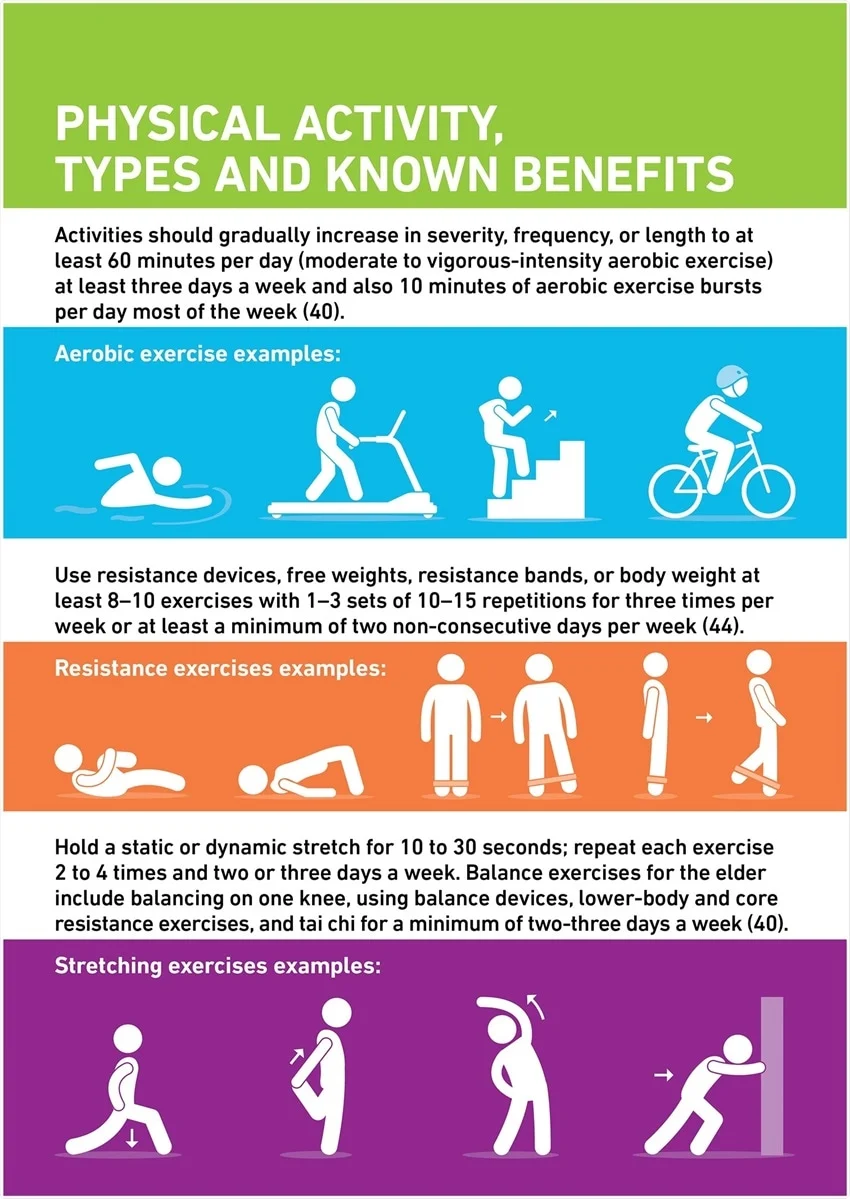An active lifestyle is built upon the principles of diverse movement practices. Physical activity that is performed regularly helps to improve cardiovascular health, build stronger muscles, and increase overall fitness, while additionally playing an important part in diabetes prevention. A disciplined exercise regimen leads to an increased sensitivity of cells to insulin, allowing for more efficient energy production.
Power of Physical Activity
Know Diabetes, Fight Diabetes.
Walking: A Step Towards Wellness
Walking, often regarded as the most accessible form of physical activity, holds immense potential in diabetes risk reduction. A brisk walk for just 30 minutes a day can make a substantial difference. Walking promotes weight management, lowers blood pressure, and aids in maintaining healthy blood sugar levels. It’s an activity that can be seamlessly integrated into daily life – whether it’s a leisurely stroll after dinner or opting for stairs instead of elevators.
Dive into Wellness with Swimming
Swimming, a low-impact aerobic exercise, offers a full-body workout that benefits individuals of all ages and fitness levels. Immersing oneself in water provides resistance, leading to improved cardiovascular fitness, muscle strength, and flexibility. Swimming also aids in weight management and enhances lung capacity. Moreover, it is particularly beneficial for individuals with joint issues, making it an inclusive activity for diabetes prevention.
Exercising: Variety and Consistency
Engaging in a diverse range of exercises, including cardiovascular workouts, strength training, and flexibility exercises, offers a holistic approach to diabetes prevention. Cardiovascular exercises like running, cycling, and aerobics elevate heart rate, burning calories and improving overall fitness. Strength training builds lean muscle mass, which contributes to improved insulin sensitivity. Flexibility exercises like yoga enhance range of motion and aid in stress reduction, an often overlooked aspect of diabetes risk management.
The Science Behind It: How Exercise Impacts Diabetes Risk
Exercise, regardless of the specific form, triggers numerous physiological responses that directly affect diabetes risk:
- Improved Insulin Sensitivity: Physical activity enhances the body’s response to insulin, allowing glucose to be transported into cells more effectively, thus maintaining healthy blood sugar levels.
- Weight Management: Regular exercise helps control body weight by burning calories and building lean muscle, which in turn supports diabetes prevention.
- Reduced Inflammation: Exercise combats chronic inflammation, a factor linked to insulin resistance and diabetes development.
- Stress Management: Physical activity releases endorphins, the body’s natural mood elevators, aiding in stress reduction. Lower stress levels contribute to better blood sugar control.

Creating Lasting Habits
Incorporating exercising, walking, and swimming into daily routines can seem daunting initially, but gradual changes lead to lasting results. Here’s how to get started:
- Set Realistic Goals: Begin with achievable goals – whether it’s walking for 15 minutes a day or starting with a short swim session.
- Consistency Matters: Regularity is key. Aim for at least 150 minutes of moderate-intensity aerobic activity per week, spread across several days.
- Enjoy the Process: Choose activities you genuinely enjoy. Whether it’s a brisk walk in the park or a refreshing swim, embracing activities you love increases the likelihood of sticking to them.
- Stay Hydrated and Nourished: Adequate hydration and balanced nutrition complement the benefits of physical activity, promoting overall health and diabetes prevention.
In Conclusion
The trio of exercising, walking, and swimming presents an effective and enjoyable approach to mitigating the risk of type 2 diabetes. By embracing an active lifestyle and making deliberate choices to move more, individuals can transform their health trajectories. Remember, the journey to diabetes prevention starts with a single step, a brisk walk, or a refreshing swim – the choices are yours, and the benefits are profound.
